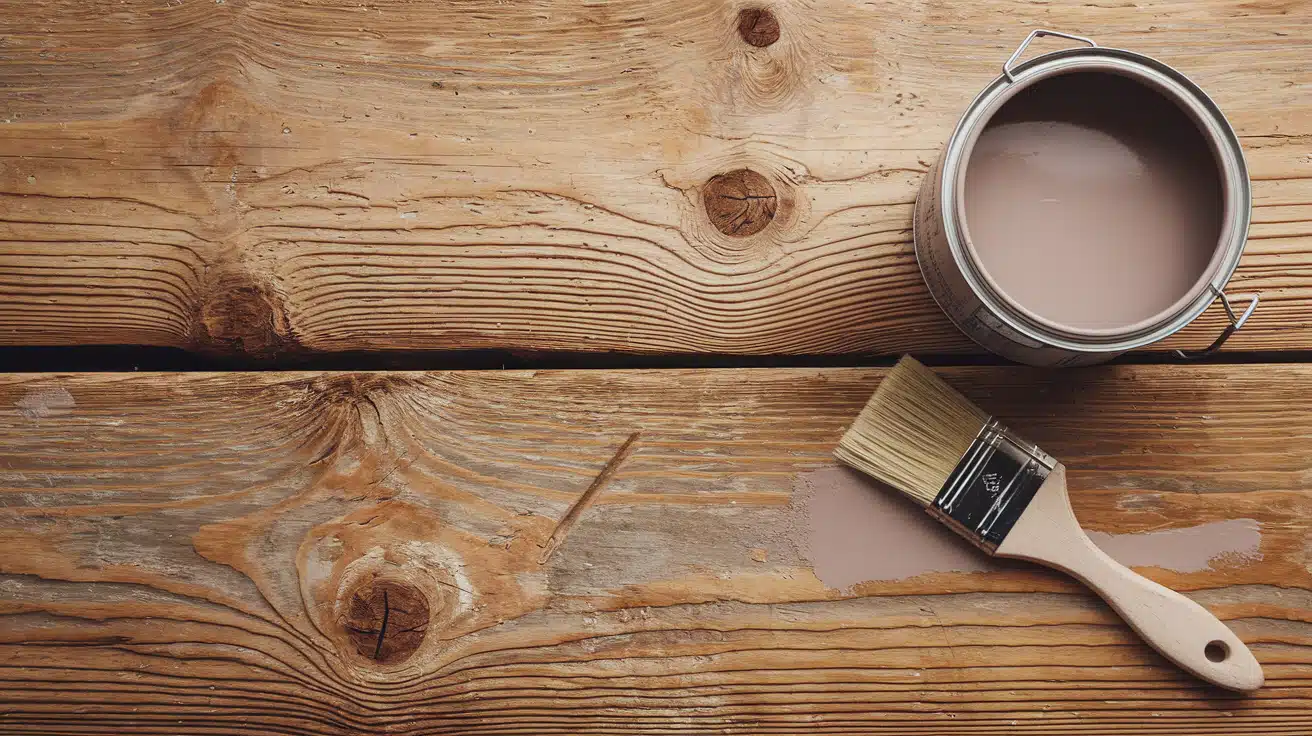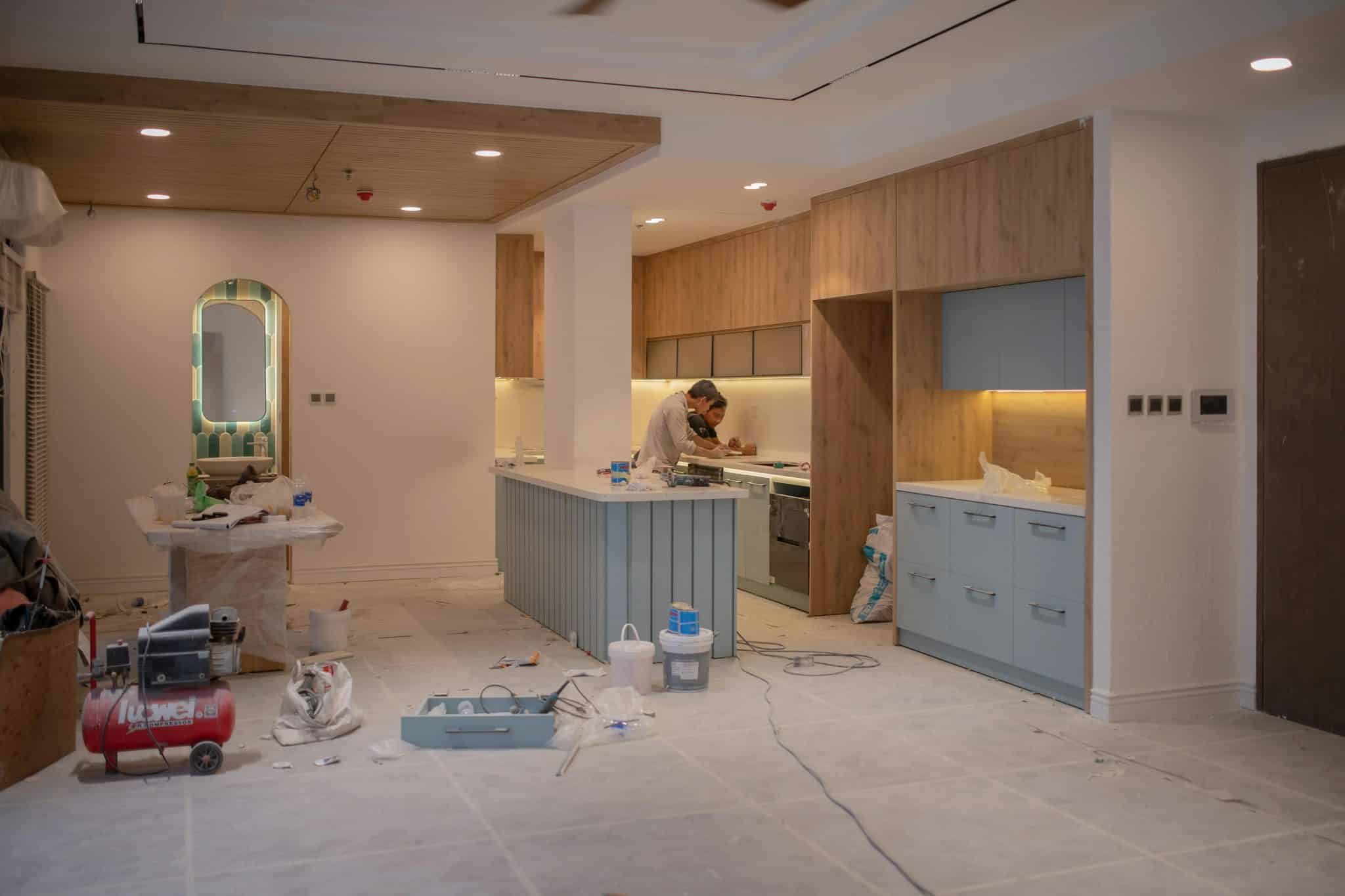Tired of looking at that old dresser or dining table? Painting wood furniture can change your space without incurring a significant expense.
But here’s the thing: the wrong paint choice leaves you with a chipped, peeling mess in just a few months.
The secret lies in matching your paint to how you’ll use the piece. A kitchen table needs challenging, durable paint.
A bedroom nightstand can use softer finishes. Indoor furniture requires different protection than outdoor pieces.
This guide provides a comprehensive overview of everything you need to know about furniture paint. We’ll cover paint types, from budget-friendly latex to premium chalk paint.
You’ll learn which brands deliver the best results and how to avoid common mistakes that ruin projects.
Let’s start with why paint choice matters so much.
Why Paint Choice Matters for Furniture?
The paint you choose can make or break your furniture project. Good paint protects wood from scratches, moisture, and daily wear while giving you the look you want.
A dining table needs a challenging paint that won’t chip when kids do homework. A bedroom dresser can be made with softer finishes. Indoor pieces need different protection than outdoor benches.
The wrong paint peels, fades, or looks cheap after a few months. But when you match paint type to how you’ll use the furniture, it stays beautiful for years.
Proper preparation work and compatible primers help paint adhere better and last longer. This saves you time and money in the long run.
Also read our blog on: Best Paints for Outdoor Wood Furniture: Top Choices
Factors to Consider Before Buying Paint
- Usage: High-use pieces, such as kitchen tables, require durable paints, while display items can utilize softer finishes.
- Finish Preference: Matte hides flaws but marks easily, satin balances durability and appearance, semi-gloss works well for kitchens, and gloss provides the toughest finish.
- Material Compatibility: Solid wood accepts any paint, veneer requires gentle preparation, and laminate requires special bonding primers.
- Environment: Indoor furniture can be made with water-based paints, while outdoor pieces require weather-resistant formulas.
- Eco-friendly & VOC concerns: Low-VOC and natural paints reduce harmful fumes, making them safer for bedrooms and kids’ spaces.
Types of Paint for Wood Furniture
Different types of paint offer unique finishes, varying levels of durability, and distinct application requirements. Here’s a quick manual to help you choose the best one for your furniture project.
1. Latex Paint
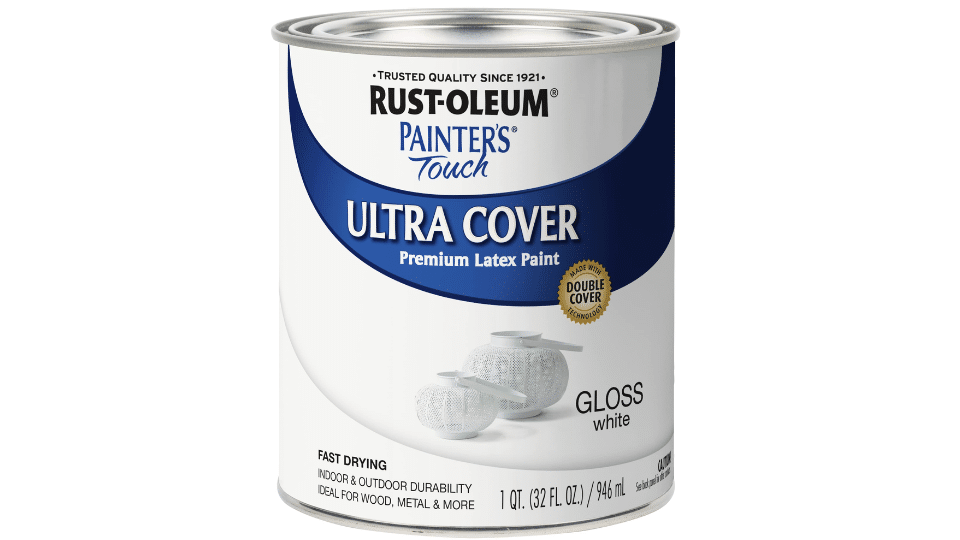
Latex paint is the go-to choice for most DIY furniture projects. It works well on dressers, nightstands, and other light-use pieces. This water-based paint dries quickly and can be cleaned up with soap and water.
Many beginners love LaTeX because it’s forgiving and budget-friendly. You can find it at any hardware store in hundreds of colors.
However, latex needs a primer on most surfaces to stick correctly. It also chips more easily than other paints on pieces that get heavy use.
2. Chalk Paint
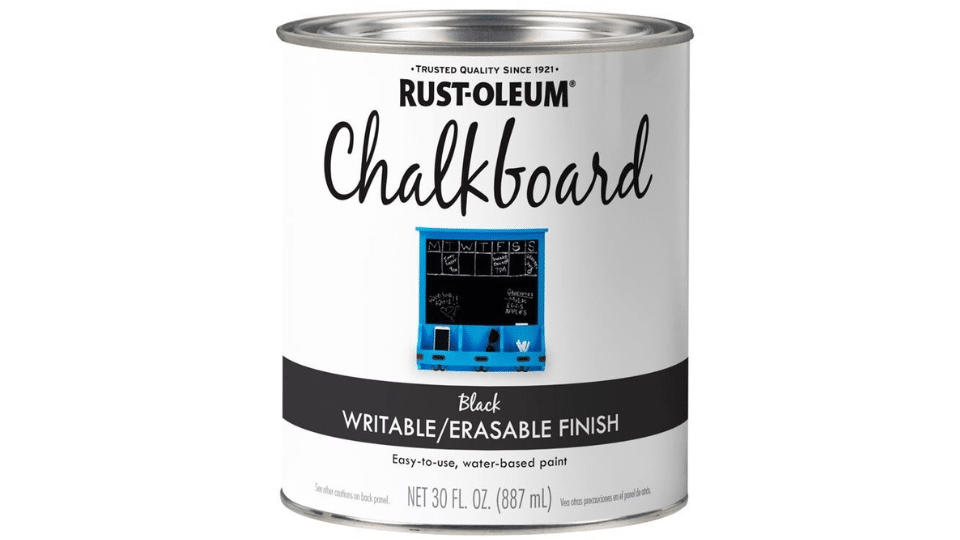
Chalk paint creates that perfect vintage look many people love. It adheres to most surfaces without the need for sanding or priming. This makes it ideal for quick weekend projects.
The matte finish hides minor flaws and gives furniture character. You can easily distress chalk paint for a worn, antique appearance.
But unsealed chalk paint marks easily from water rings and fingerprints. You’ll need to add wax or polyurethane to protect it.
3. Milk Paint
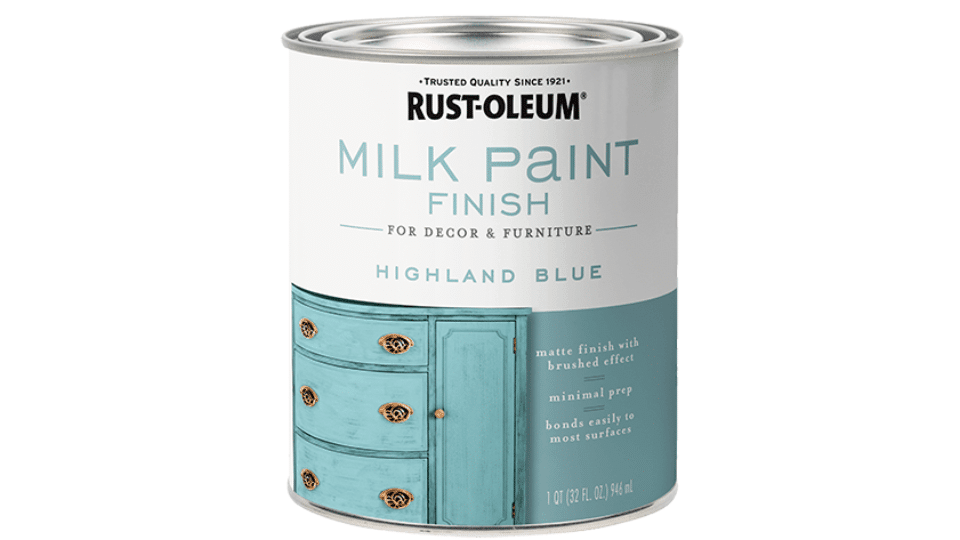
Milk paint offers the most natural option for furniture painting. Made from milk protein, lime, and pigments, it’s completely non-toxic.
This makes it perfect for kids’ furniture and eco-friendly homes. Milk paint creates a unique, slightly chalky finish that varies beautifully. It works best on raw wood or previously painted surfaces.
On slick finishes, such as polyurethane, a bonding agent is required. The finish can look uneven, which some people love and others dislike.
Read our blog on: How to Use Milk Paint for Furniture Step-by-Step Guide
4. Acrylic Paint
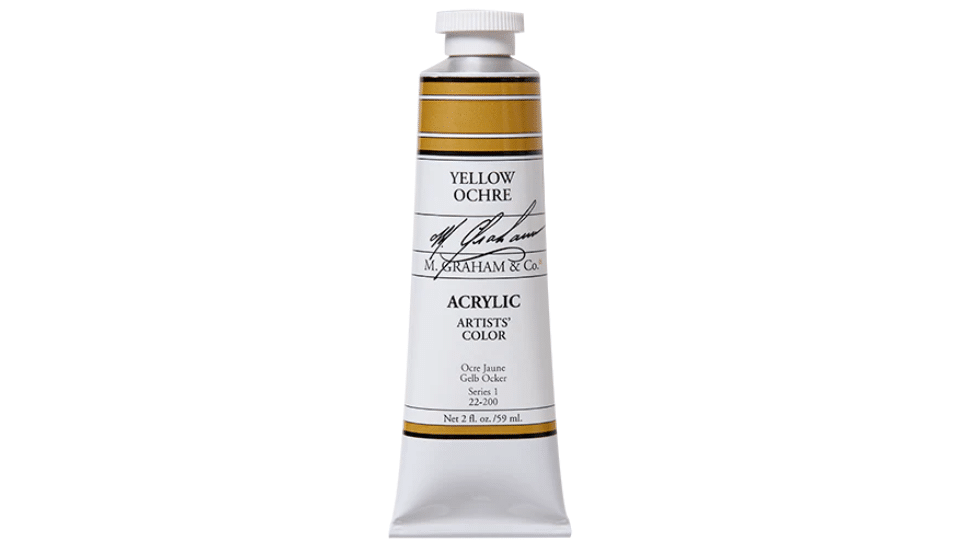
Acrylic paint shines when you want bright, bold colors. It’s perfect for creative projects, such as kids’ furniture or statement pieces.
The colors stay vibrant and don’t fade easily. Acrylic dries fast and flows smoothly from brushes and rollers. You can thin it with water for different effects.
Like latex, it needs primer on most surfaces. It’s also not as tough as oil-based paints for heavily used pieces, such as dining tables.
5. Oil-Based Paint
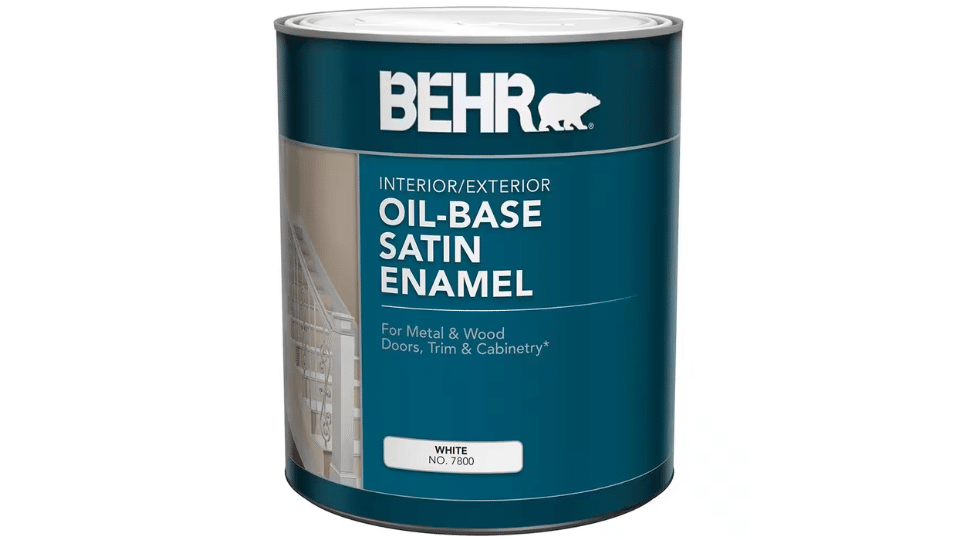
Oil-based paint provides the toughest finish for furniture. It’s the best choice for dining tables, kitchen cabinets, and chairs that see daily use.
The paint flows smoothly and self-levels to hide brush marks. It creates a hard, durable surface that resists chips and scratches. But oil-based paint takes 6-8 hours to dry between coats.
It has a strong odor and requires mineral spirits for cleanup. Many areas now restrict the use of oil-based paints due to concerns about VOCs.
6. Hybrid Alkyd Paint
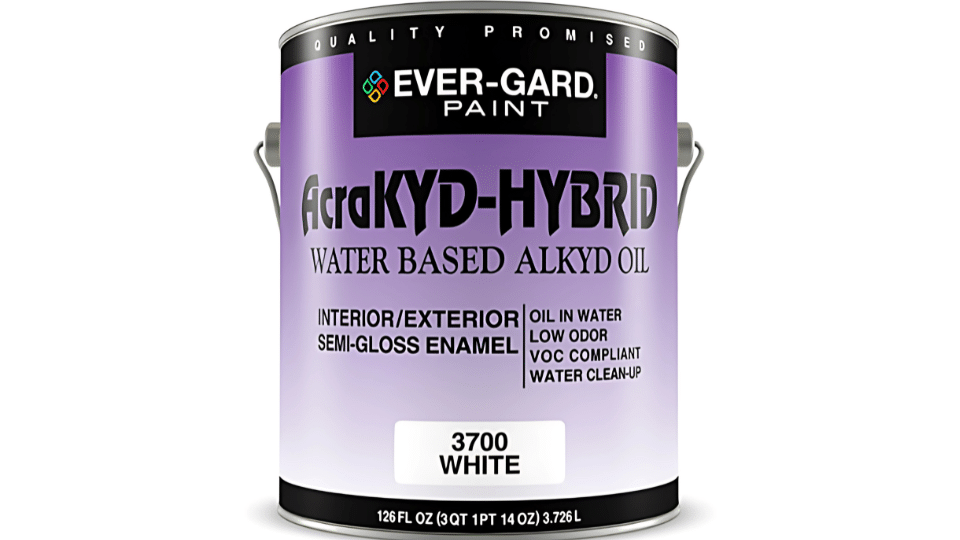
Hybrid alkyd paint combines the best of both worlds. It provides oil-paint durability with the convenience of water-based products. This newer technology flows smoothly and levels well.
You can clean up with soap and water, but still get a tough finish. It works great on cabinets, trim, and furniture that needs to look professional.
The main drawbacks are the higher cost and the need for good ventilation while painting.
Advantages and Disadvantages of Furniture Paints
| Paint Type | Best For | Key Pros | Key Cons |
|---|---|---|---|
| Latex | General DIY projects | Fast drying, water cleanup | Chips efficiently, needs primer |
| Chalk | Vintage/shabby chic | No prep required, distresses well | Marks easily, needs sealing |
| Milk | Eco-friendly projects | Natural, non-toxic | Uneven finish, needs bonding agent |
| Acrylic | Creative/colorful pieces | Bright colors, quick drying | Not very durable, needs primer |
| Oil-Based | High-traffic furniture | Most durable, smooth finish | Slow drying, strong smell |
| Hybrid Alkyd | Professional results | Durable + water cleanup | Expensive, limited availability |
Best Paint Brands for Wood Furniture
- Annie Sloan: Annie Sloan developed the original chalk paint formula that DIY enthusiasts worldwide love. Her paints give furniture that perfect vintage look without needing primer or extensive prep work.
- Rust-Oleum: Rust-Oleum offers reliable paints at prices that won’t break your budget. They produce a wide range of products, from chalk paint to specialty finishes, allowing you to find the perfect solution for any project.
- Benjamin Moore Advance: Benjamin Moore Advance delivers professional-quality results with their hybrid alkyd formula. This paint gives you the smooth finish of oil-based paint but cleans up easily with water.
- Farrow & Ball:Farrow & Ball creates refined colors that interior designers choose for high-end projects. Their eco-friendly paints use natural pigments and low-VOC formulas for safer indoor use.
- General Finishes: General Finishes specializes in milk paint and protective topcoats that work perfectly together. Their products help you achieve authentic antique looks while protecting your furniture for years.
- Behr Premium: Behr Premium offers high-quality latex paint at affordable prices, available at most home improvement stores. Their paints provide good coverage and durability for everyday furniture projects.
Mistakes to Avoid When Painting Wood Furniture
| Mistake | Why It Happens | What Goes Wrong | How to Fix It |
|---|---|---|---|
| Not sanding or priming properly | Rushing to start painting | Paint peels off easily, poor adhesion | Sand lightly, clean the surface, and use appropriate primer |
| Applying thick coats and causing drips | Trying to finish in fewer coats | Uneven finish, visible drip marks | Apply thin, even coats with proper brush technique |
| Ignoring drying/curing times | Impatience to use furniture | Paint stays soft, gets damaged easily | Follow the manufacturer’s drying times completely |
| Forgetting protective sealants on porous finishes | Assuming paint is enough protection | Water rings, stains, and easy marking | Apply wax or polyurethane over chalk and milk paints |
Pro Tip: Most furniture painting failures come from rushing the process. Take time with each step and your results will look professional.
Final Thoughts
Choosing the right paint for wood furniture makes all the difference between a project you love and one you regret. The key is matching paint type to how you’ll use the piece.
Remember the basics: latex paint works for most DIY projects, chalk paint creates a vintage look, and oil-based paint withstands heavy use.
Brands such as Annie Sloan, Benjamin Moore, and Rust-Oleum offer quality options for various budgets. Don’t skip the prep work.
Take the time to consider your needs, environment, and style preferences before making a purchase.
What furniture project are you planning next? Share your results with us, we’d love to see how these tips work for you!
Ready to start your furniture makeover? Browse our recommended paint brands and supplies to get started today.
Frequently Asked Questions
What Type of Paint Is Best for Wood Furniture?
Oil-based paint works best for high-traffic pieces, such as tables and chairs, while latex paint is suitable for decorative furniture, and chalk paint creates a vintage look.
What Is the Best Paint to Paint Wooden Furniture?
Benjamin Moore Advance hybrid alkyd paint offers the best balance of durability and ease of use for most furniture projects.
What Type of Paint Is Best to Use on Wood Furniture?
Choose based on usage: oil-based for dining tables, latex for dressers, chalk paint for vintage styles, and acrylic for colorful accent pieces.
How Do you Paint Wood Furniture without Brush Marks?
Use a high-quality brush, apply thin coats, maintain a wet edge while painting, and consider foam rollers for smooth surfaces.

